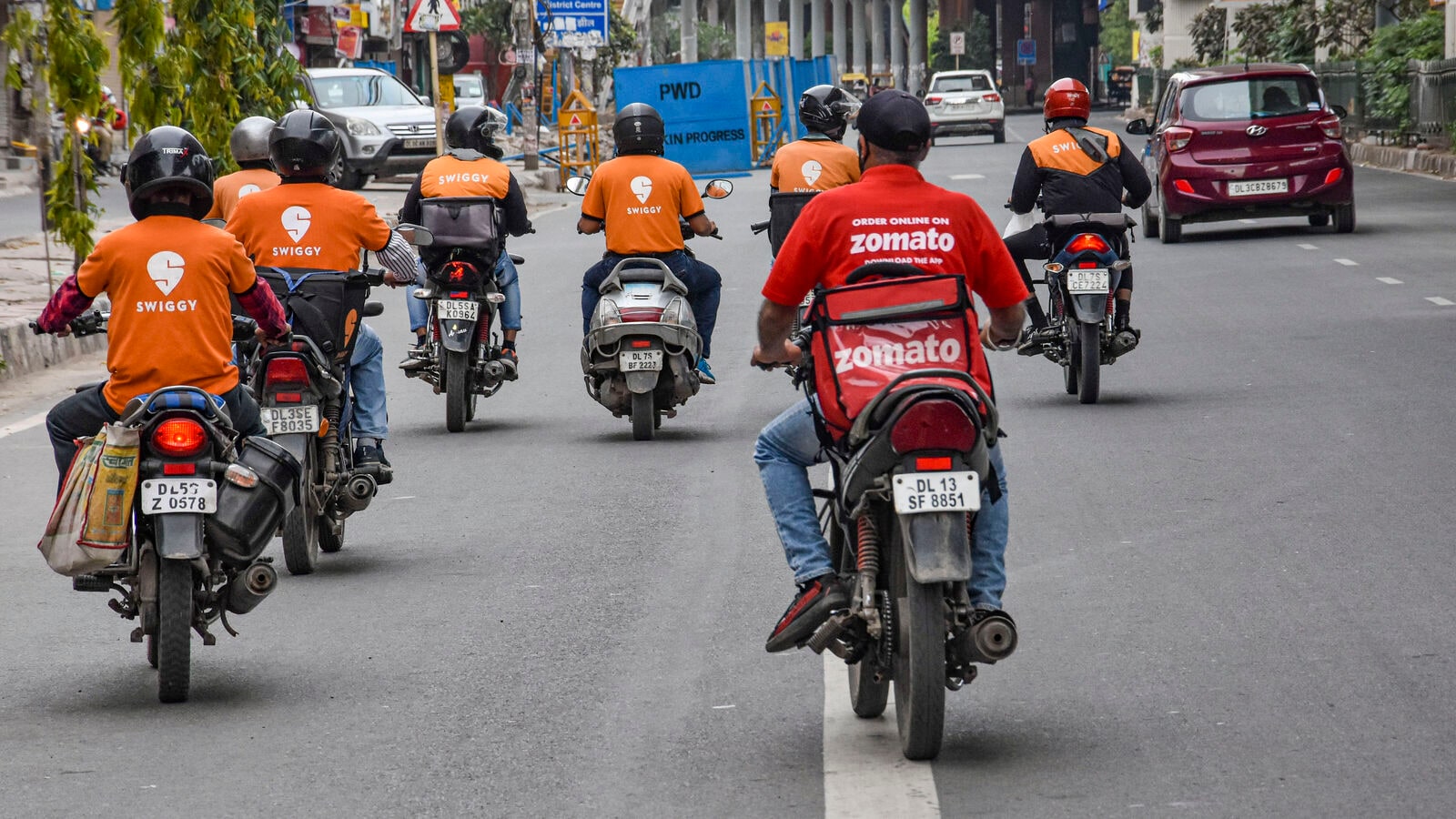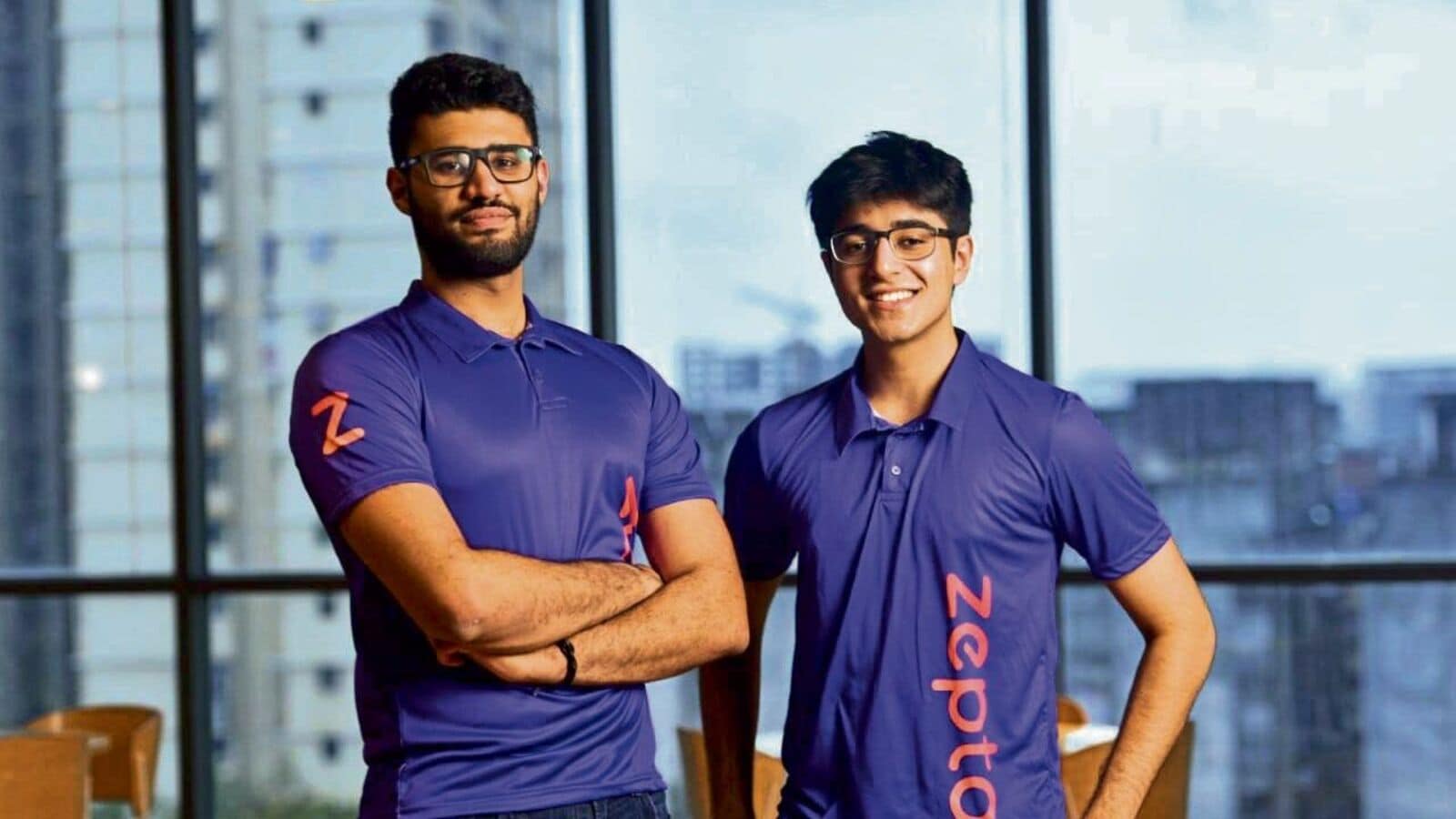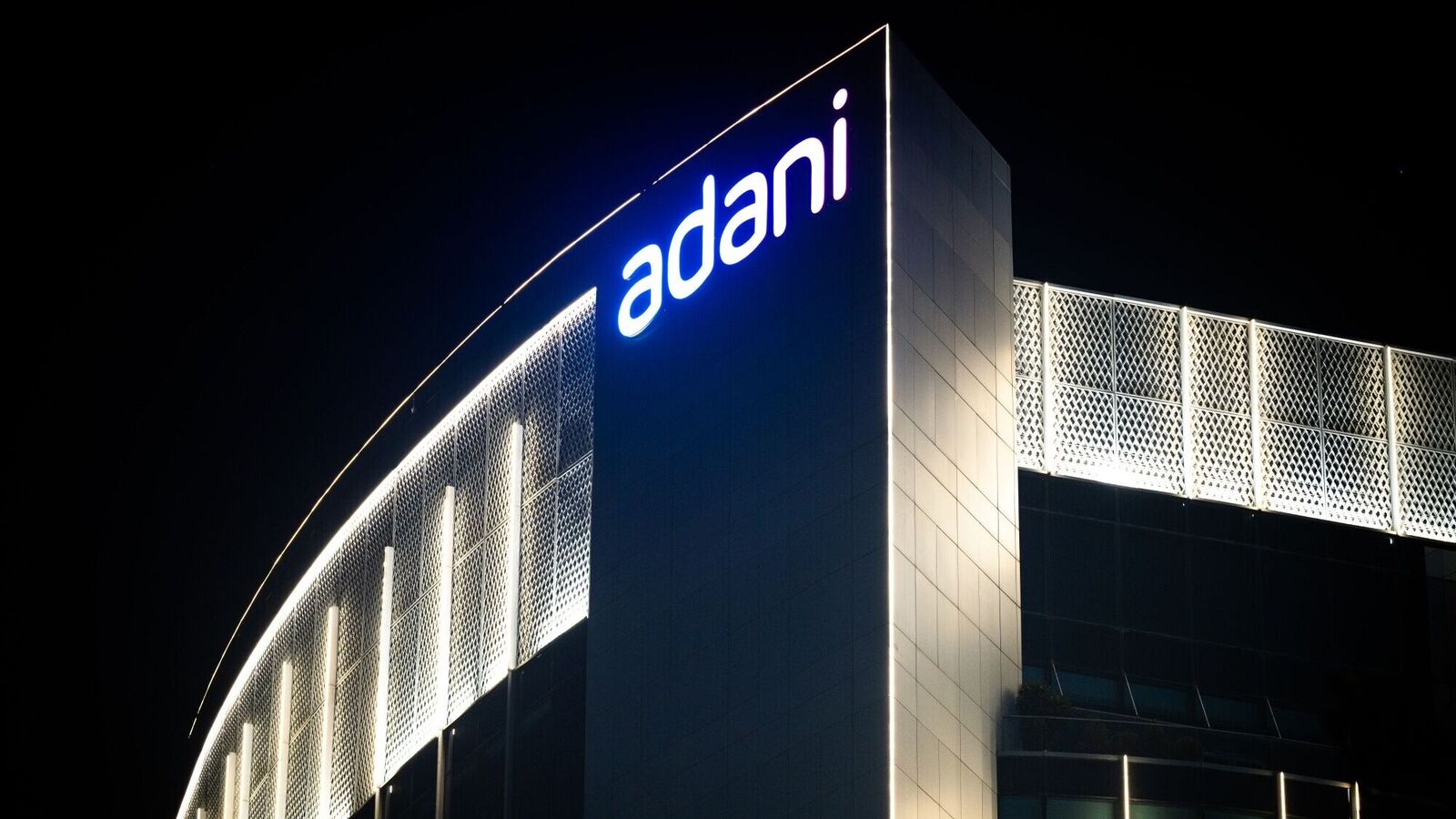In October, Swiggy’s much-anticipated initial public offering (IPO) sparked a wave of excitement. Investors rushed to grab unlisted shares, driving the grey market premium (GMP) to a lofty ₹130, signalling high expectations. For many, it felt like a second chance to capitalize on the food delivery boom, akin to Zomato’s meteoric rise.
Hopes were high that Swiggy’s market debut would shrink the valuation gap between the two giants. Yet, the excitement proved short-lived. As analyst warnings about cash flow constraints, profitability hurdles, and steep valuations emerged, the grey market premium (GMP) plummeted to just ₹2 before the IPO.
Swiggy’s IPO may have opened with a modest 7.6% premium, closing its debut day in the green, but the optimism quickly waned. In the weeks that followed, the stock began a steady decline, dimming the initial excitement
The pattern feels all too familiar. Zomato’s post-IPO journey was marked by a similar trajectory—an initial surge followed by a sharp 70% drop. Yet, Zomato eventually turned the tide, staging an extraordinary comeback with a 475% return from its lows last December.
Today, Zomato sits at a valuation comparable to DMart, despite generating only a quarter of DMart’s sales and an eighth of its profits—a testament to the market’s appetite for growth stories.
Will Swiggy chart a similar path, bouncing back after its early slump? Or has Zomato’s rally already set a benchmark, leaving both stocks to face a steeper climb ahead? This is the tale of two food delivery powerhouses in India’s high-stakes market.

View Full Image
While the two giants control the market, questions around their growth, revenue potential, and profitability continue to spark debates.
Also read: After lip-smacking Swiggy IPO, Prosus prepares for its next hit
Let’s dive deeper into what’s driving the narrative.
A duopoly in food delivery
The food delivery market wasn’t always a two-player game. Not too long ago, competitors like Uber Eats and TinyOwl entered the market with big ambitions but were forced to either merge or shut down.
The reasons? Fierce competition, unsustainable cash burns, and challenges in scaling operations.
The Indian food delivery market is now firmly a duopoly, dominated by Zomato and Swiggy. Together, they command nearly the entire sector, with Zomato holding a 55% market share and Swiggy trailing at 42%. While the 13% gap underscores Zomato’s stronger position, it also presents Swiggy with substantial growth opportunities.

View Full Image
Can a new player break in?
The short answer: unlikely. Why?
High adoption costs: To compete, a new entrant would have to spend heavily on both demand (customer acquisition) and supply (onboarding restaurants). Existing players have already set the bar high, making it tough for anyone new to match.
Massive investments: According to HDFC Securities, the food delivery market has seen $7 billion in investments to date. Reaching the scale of Swiggy and Zomato would require similar capital—something most investors may not be keen on, given the high risks involved.
Network effects: Both giants have established strong relationships with restaurants and customers. Even with deep pockets, it takes years to build a comparable network. In a business that thrives on scale and loyalty, time is not on a new player’s side.
For now, it’s safe to say the market will remain a duopoly for the foreseeable future.
Room for growth
The Indian food delivery market is on a strong growth trajectory. In FY24, the gross order value (GOV) hit ₹60,000 crore, with Swiggy and Zomato together accounting for a staggering ₹58,000 crore—virtually the entire market.
Looking ahead, a Bain & Co. report (developed with Swiggy) projects the market to surge to ₹2 lakh crore by 2030—a 3.3x growth at a robust 20% CAGR. Zomato’s recent analyst reports echo this optimism, indicating that while the market remains consolidated, both players have significant room to grow as more Indians adopt food delivery services.
Revenue potential
Both Swiggy and Zomato currently operate with a stable 20% take rate—their commission on each order. With limited competition, this rate is unlikely to change in the near future.
Also read: Early investors cheer Swiggy’s listing pop, but analysts are mixed on the stock
If market shares remain steady, Swiggy is projected to reach ₹17,000 crore in revenue by 2030, while Zomato could achieve ₹22,000 crore. These figures highlight the immense growth potential in the Indian food delivery market.
Profitability: The big question
This is where things get tricky. While the industry is currently Ebitda-positive (earnings before interest, tax, depreciation and amortisation), sustained net profitability is still a big question mark.
Here’s the reality:
Thin margins: Ebitda margins are expected to stabilise at 4-5%, given the high costs of logistics, delivery incentives, and tech maintenance.
Current status: Zomato is just about breaking even at 3% Ebitda, while Swiggy remains in the red.
Future challenges: Achieving net profitability will require optimising costs without sacrificing growth. This means finding ways to make logistics more efficient, reducing discounts, and potentially increasing delivery charges—all without alienating customers.
While Zomato has shown it can edge towards profitability, Swiggy still has some catching up to do.
Quick commerce unpacked
Quick commerce, or Q-commerce, is the hottest topic in town. This segment has taken the market by storm, attracting both established players and new entrants eager to capitalise on its potential.
But what makes Q-commerce so unique? And why is it working in a market as price-sensitive as India? Let’s understand!
Why it works in India?
At first glance, Q-commerce in India seemed like a tough sell to me. As a price-sensitive market, my assumption was that consumers would resist paying delivery fees and shy away from premium services. Surprisingly, that hasn’t been the case. Here’s why:
Low supermarket penetration: India has fewer supermarkets per 10,000 people compared to countries with similar population densities. While the number of supermarkets is growing, the habit of supermarket shopping hasn’t deeply ingrained itself into Indian culture.

View Full Image
Groceries lead retail growth: Groceries dominate the Indian retail market, accounting for $600 billion in FY23, projected to grow to $900 billion by FY28. Naturally, this segment offers a massive opportunity for disruption, but traditional online grocery models failed to crack the code.

View Full Image
Failed traditional models: Earlier attempts at online grocery delivery struggled to cover high fixed costs. Thin margins and insufficient order volumes made it hard for businesses to achieve sustainability without external funding. Many shut down, unable to justify the operational expenses.
Revolutionising grocery delivery
Q-commerce has carved its niche by addressing the shortcomings of traditional grocery delivery methods.
Dark stores vs local partnerships: Instead of relying on local store collaborations, Q-commerce uses dark stores (dedicated fulfillment centers) to consolidate inventory. This approach reduces sourcing costs and boosts delivery efficiency.
Also read: Flipkart has FOMO? Zepto and Blinkit are changing the e-commerce giant
Streamlined logistics: By directly transporting goods from dark stores to customers, delivery times are dramatically reduced. Additionally, India’s lower labor costs make managing delivery fleets more cost-effective than in developed countries.
It’s no surprise that industry leaders like DMart, Nestle, and HUL are closely watching the rise of Q-commerce, often referencing it in their investor calls.

View Full Image
Swiggy vs. Zomato: The q-commerce showdown
Both Swiggy Instamart and Zomato Blinkit have seen explosive growth in their Q-commerce revenues. From FY23 to FY24, their revenues nearly doubled, and early trends in Q1 FY25 suggest another doubling in FY25.
However, Zomato Blinkit is outpacing Swiggy Instamart by 2.5x in revenue. Why?
Faster expansion of dark stores: In FY23, Instamart had more dark stores than Blinkit. By FY25, the narrative flipped—Blinkit now leads in dark stores. Blinkit plans to operate 1,000 new stores by FY25 and add another 1,000 by FY26, reaching 2,000 total stores. Instamart, in comparison, aims to add 1,000 dark stores by FY28, a much slower pace.
Strategic focus: Zomato is doubling down on q-commerce with aggressive investment, while Swiggy seems to be taking a more measured approach.

View Full Image
Rising competition in q-commerce
The competition in the q-commerce space is heating up, with players like Zepto, Flipkart, Amazon, and Reliance Retail entering the market.
HDFC Securities estimates that the Indian market can support up to 7,500 dark stores. However, with Blinkit, Instamart, and Zepto already running nearly 6,000 stores, new entrants will face intense competition. Even with substantial investment, securing a significant market share won’t be straightforward.
Profitability: The elephant in the room
While q-commerce shows solid revenue growth, profitability remains a distant goal.
Contribution margins and variable costs: Zomato Blinkit is showing a positive contribution margin, meaning it covers its variable costs but is still in the red overall.
Swiggy Instamart is yet to achieve even that, operating with a negative contribution margin.
Scaling challenges: For dark stores to turn net-positive, they need higher order volumes. However, 30% of dark stores shut down annually as companies struggle to identify profitable locations.
Franchise model risks: Some dark stores operate on a franchise model, with external investors footing the bill. High closure rates could erode trust in this model, making future expansions harder.

View Full Image
Q-commerce’s future
Q-commerce holds significant potential, with rapid growth and increasing consumer adoption. However, its future is fraught with challenges:
Companies need to optimize their operations to reach profitability.
New players will face stiff competition for a limited market share while justifying large capital expenditures.
Sustainable scaling will depend on minimising store closures and achieving profitable order volumes.
While q-commerce may shape the future of retail, its long-term success relies on addressing these critical issues. For now, it’s a high-growth industry filled with both excitement and uncertainty.
Should you invest in Swiggy or Zomato?
With Swiggy and Zomato dominating India’s food delivery and q-commerce market, the question of whether to invest in these companies is becoming increasingly relevant.
Globally, food delivery companies have evolved into multi-vertical tech ecosystems, leveraging their logistics and distribution capabilities.
Companies like Doordash, Grab, and Delivery Hero began in niche segments like food delivery or ride-hailing but expanded into areas like payments, courier services, and event ticketing. This diversification helps them maximise their customer base and drive efficiency across operations.
India is no exception to this trend.
Zomato recently entered the ticketing business, acquiring Paytm’s entertainment ticketing unit, while Swiggy offers services like restaurant reservations (via Dineout), event bookings (SteppinOut), and hyperlocal deliveries (Genie). These additional verticals not only boost revenue but also ensure better utilization of their logistics infrastructure, improving margins in the long run.
The margin game
The potential for margin expansion is a key highlight in this business.
Globally, companies like Doordash and Grab have achieved Ebitda margins of 10-20% once they scaled up and stabilised operations. The Indian market, while still in its growth phase, could follow a similar trajectory.
Currently, Zomato and Swiggy operate with thin margins, but as fixed costs stabilise and consumer habits solidify, profitability becomes more achievable.
Their dominance in the market—operating as a virtual duopoly—creates natural barriers for new entrants, giving them a strong foundation to grow margins over time.
Risks and rewards
Despite the promising potential, these businesses are not without significant risks. Execution will be key—mistakes in scaling, customer retention, or cost management could derail their growth. The competitive landscape, currently favourable to them, could shift with the entry of powerful players like Reliance Retail or Amazon.
Valuation is another tricky aspect. While these companies exhibit rapid revenue growth, determining the right price for that growth remains challenging. Overinflated valuations could pose a risk if they fail to meet profitability expectations.
In conclusion, investing in Swiggy or Zomato will depend on their ability to strike the right balance between growth and profitability. While both companies have strong revenue prospects, particularly as they expand into complementary areas, their future success will depend on disciplined execution and strategic scaling.
The long-term outlook appears promising, but investors should closely monitor key milestones such as profitability and operational efficiency.
Whether these companies will transform into sustainable, multibagger investments is still uncertain, but the potential makes it worth watching closely.
For more such analysis, read Profit Pulse.
Note: We have relied on data from the annual reports throughout this article. For forecasting, we have used our assumptions.
The purpose of this article is only to share interesting charts, data points and thought-provoking opinions. It is NOT a recommendation. If you wish to consider an investment, you are strongly advised to consult your advisor. This article is strictly for educational purposes only. The views expressed are my own and do not reflect or represent the views of my present or past employers.
Parth Parikh has over a decade of experience in finance and research, and he currently heads the growth and content vertical at Finsire. He has a keen interest in Indian and global stocks and holds an FRM Charter along with an MBA in Finance from Narsee Monjee Institute of Management Studies. Previously, he has held research positions at various companies.
Disclosure: The writer and his dependents do not hold the stocks discussed in this article.










Leave a Reply